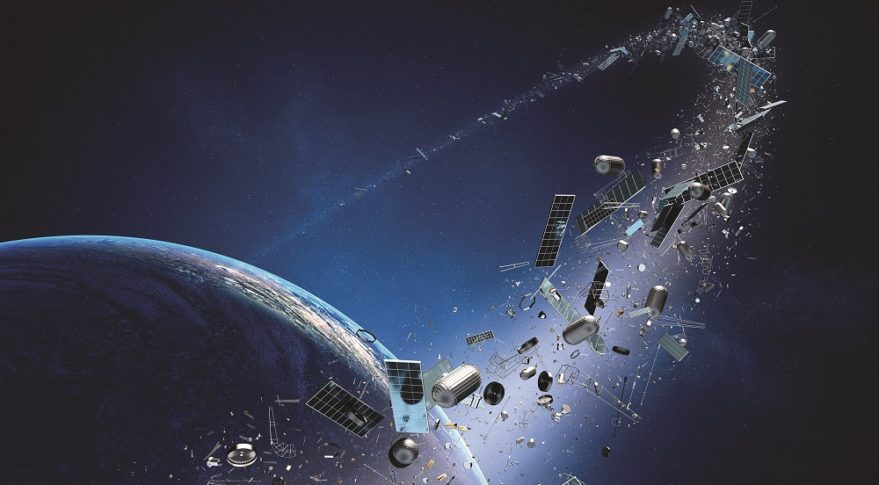November 16, 2020. In April of this year, the FCC released its Report and Order (“R&O”) and Further Notice of Proposed Rulemaking (“FNPRM”) on the Mitigation of Orbital Debris in the New Space Age. While the R&O adopted extensive regulatory and disclosure requirements for satellite operators, many controversial provisions were moved to the FNPRM to allow for further industry input. Comments on these issues – including the probability of accidental explosions, collision risk for multi-satellite systems, maneuverability requirements, post-mission lifetime, casualty risk, indemnification, and performance bonds tied to successful spacecraft disposal – were due on October 9, 2020, with reply comments posted last week on November 9.
Significant among the replies were those of NASA, which had not participated in the earlier comment period. NASA offered some input into all seven of the questions posed by the FCC, with a focus on maneuverability requirements and calculation of total collision probability. NASA is particularly concerned with minimizing the risk of collision with the International Space Station (ISS) in low-earth orbit (LEO) and the need by international actors to protect the ISS and the large fiscal and scientific investment that it represents, as well as the safety of human spaceflight.
In line with this concern, NASA recommends requisite propulsion systems for satellites above 420 km altitude (where the ISS orbits) in all constellations larger than 25 spacecraft. This reduces the need for the ISS to conduct evasive maneuvers and ensures that atmospheric drag will be enough to de-orbit non-propulsive satellites. The exception for single satellites and small constellations also balances the hardship of a blanket propulsive requirement on NASA science missions (and other experimental or academic missions), and the increasing number of CubeSats that do not have sufficient size and mass to warrant a propulsion system. For all systems above the 25 sat/420 km threshold, NASA proposes a “safe harbor” maneuver capability – the ability to make an 18 km trajectory change within one orbit to enable collision avoidance. Nearly all propulsion systems have this capability.
NASA also discusses the total probability of collisions with large objects, recommending that constellations of satellites (25 or more) be held to a more stringent conjunction risk threshold than individual satellites. NASA’s comments caution against the assumption that maneuvering capabilities result in 0 risks, and against reliance on NASA’s own Orbital Debris Program Office (ODPO) 0.001-lifetime risk requirement model when calculating collision probability. Instead, they recommend an extended, dedicated study, and in the interim an increase in the total probability of collision standard for constellations from .0001 to .00001.
Of further concern to NASA’s science mission directorate is the requirement for reducing the spacecraft post-mission lifetime. While agreeing that a limit needs to be in place, NASA suggests a 5-year limit would adversely affect its CubeSat missions, which rely on orbital decay for post-mission disposal. Such a limit would impose egregious waiver burdens on these missions, increasing costs and bureaucratic stresses. Amplifying these concerns is NASA’s reliance on rideshare opportunities for such CubeSat missions. Orbital decay period depends on altitude. NASA may be forced to reject rideshares that have predetermined orbital altitudes that will necessitate post-mission lifetimes beyond the 5-year limit. This in turn would place heavy negative burdens on the quality and quantity of science achievable.
Lastly, NASA states its support for the use of a performance bond keyed to successful post-mission disposal. It does however recommend that small, academic missions be exempted as long as they otherwise meet disposal guidelines. More critically, NASA suggests that the bond should be based not on satellite mass, but on the possible size of any debris field and the number of potential debris elements that could increase the overall risk of collisions. In contrast with this position, most commenters oppose a bond requirement, warning that it would hinder the space economy without actually creating a safer or more sustainable space environment.

